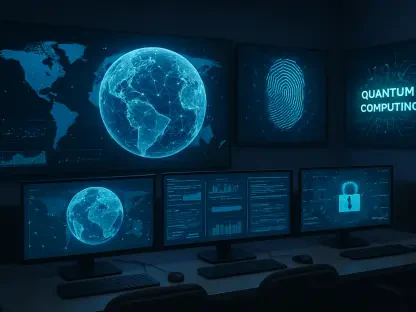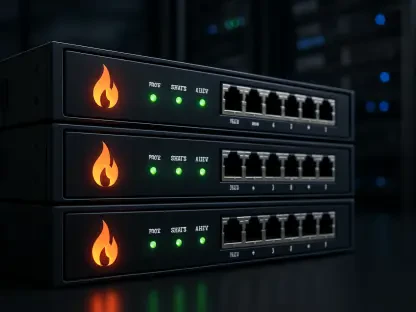In today’s digital landscape, cyber threats have become more sophisticated, pushing organizations to rethink their cybersecurity strategies. As data breaches and ransomware attacks continue to dominate headlines, Zero Trust architecture emerges as a promising solution to these challenges. This framework dismisses traditional perimeter-based defenses, advocating a “trust no one, verify everything” approach. Zero Trust operates on the principle that breaches are inevitable and focuses on minimizing damage by assuming that every attempt to access network resources is a potential threat. By eliminating implicit trust, organizations aim to reduce attack surfaces and limit the impact of unauthorized access. As cyber adversaries refine their tactics with advanced technologies and social engineering, the question arises: can a Zero Trust strategy be the ultimate safeguard against these evolving threats?
The Strategic Partnership in Cybersecurity
The recent collaboration between Check Point Software Technologies and Illumio highlights the potential of Zero Trust strategies in cybersecurity. This partnership integrates Check Point’s AI-powered security solutions with Illumio’s microsegmentation and visibility tools to bolster threat defense. The goal is to mitigate lateral movement of threats in hybrid and cloud environments—a major concern for organizations. This synergy unites Check Point’s Quantum Force Firewalls and AI capabilities from its Infinity Threat Cloud with Illumio’s Segmentation and Insights platform, creating a robust mechanism to detect, isolate, and contain threats. Adaptive firewall policy adjustments and comprehensive risk insights streamline responses and reinforce least privilege access. This reveals a shift toward intelligence-driven cybersecurity, focusing on proactive measures rather than reactive responses. This collaboration enhances Zero Trust effectiveness, emphasizing the importance of combining technologies to strengthen defenses and improve incident response times. It marks a significant step toward harnessing mutual strengths to build advanced cybersecurity frameworks.









